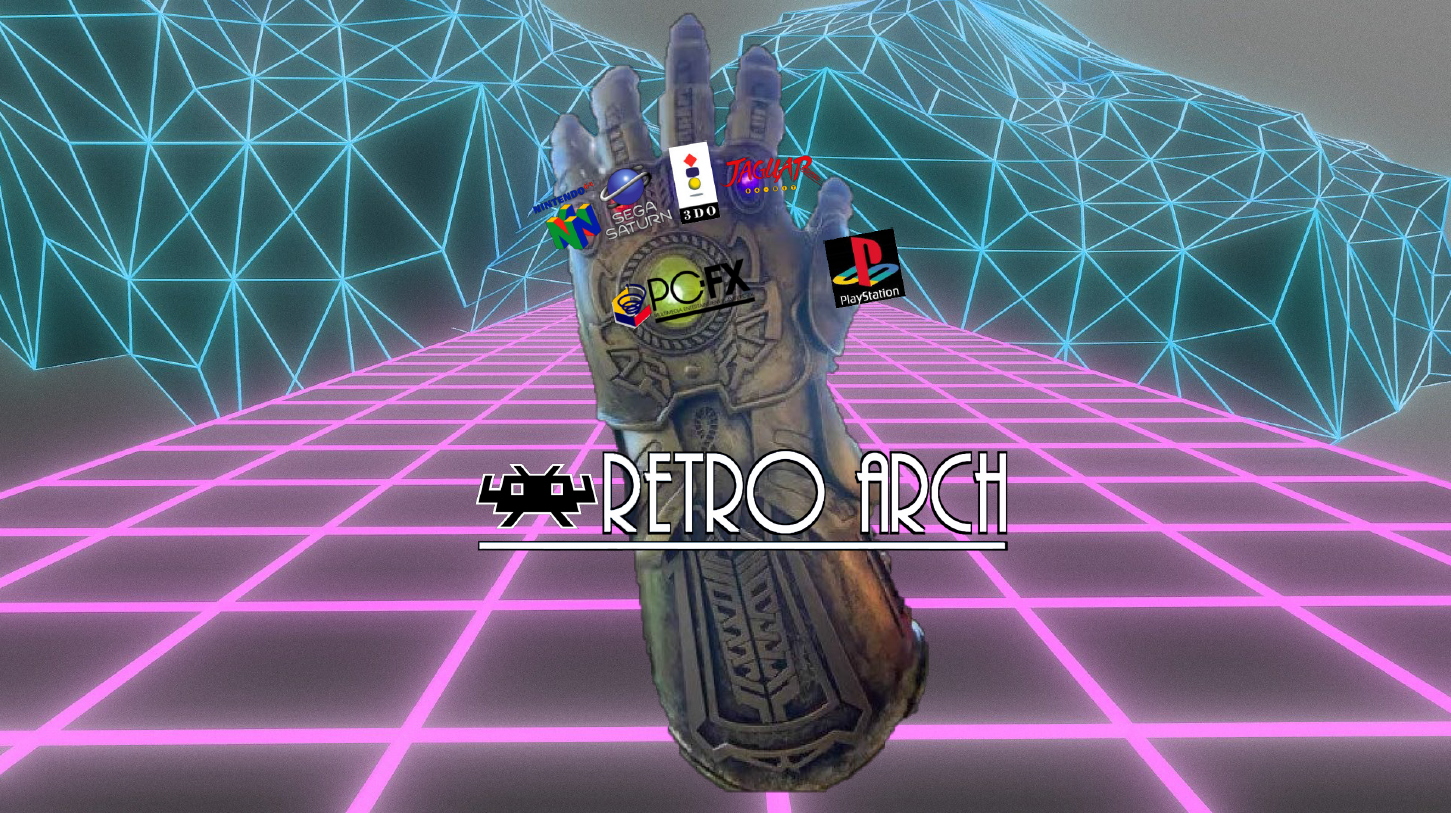
In the release of RetroArch on Steam (beta and Playtest version) is possible to import the cores and save files you had in the normal non-steam version. This guide works for Windows 10 and GNU/Linux.
Windows 10
IMPORTANT: From version 1.9.1 and above, the Retroarch directory by default has changed for your Local Disk. C:\RetroArch-Win64. The process and subfolders are still the same though.
Cores
Just go to the path: Users\YOUR_USERNAME\AppData\Roaming\RetroArch\cores and there you’ll find the cores that you’ll have to copy/cut and paste in Program Files (x86)\Steam\steamapps\common\RetroArch\cores.
Savefiles
Go to the path: Users\YOUR_USERNAME\AppData\Roaming\RetroArch\saves there you’ll find all your save files for all the games you’ve played for all the cores. Copy/cut and paste them to Program Files (x86)\Steam\steamapps\common\RetroArch\saves.
Notes
- Obviously you need to replace “YOUR_USERNAME” for your PC username in the paths.
- These are the default paths.
- You can do the same for many other kind archives and folders between the paths Users\YOUR_USERNAME\AppData\Roaming\RetroArch and Program Files (x86)\Steam\steamapps\common\RetroArch.
GNU/Linux
Cores
This is even easier. Copy this text instruction and paste it in the terminal:
cp -rvu .var/app/org.libretro.RetroArch/config/retroarch/cores .local/share/Steam/steamapps/common/RetroArch\ Playtest/RetroArch-Linux-x86_64-Nightly.AppImage.config/retroarch/
Savefiles
The same. Copy and paste the following into your terminal:
cp -rvu .var/app/org.libretro.RetroArch/config/retroarch/saves .local/share/Steam/steamapps/common/RetroArch\ Playtest/RetroArch-Linux-x86_64-Nightly.AppImage.config/retroarch/
Notes
- I’m using debian for this and the paths are those that the programs assign by default.
- Note that these are the paths corresponding to the Playtest version, which is the only available for linux until now. As soon as the final version is released, I’ll update this guide in order to match all the paths.
- This commands will copy and replace only if the source is newer than destination. So you can execute in every time you want to update your cores, save files and other stuff.
- As well as windows, you can copy and replace the files and folders by simply changing the “cores” or “saves” folder name by the respective name of the regarding folder.
GG, isn’t it?
Other stuff you can import
You can use this table to import other stuff between your RetroArch versions. The info here has been got from the program itself.
| Folder name | What does it contain? | What is if for? |
|---|---|---|
| system | System/BIOS | Set the system directory.Cores can query for this directory to load BIOS, system-specific configs, etc. |
| downloads | Downloads | Save all downloaded files to this directory. |
| assets | Assets | Menu assets used by RetroArch are stored in this directory. |
| dynamic backgounds: you’ve gotta set it out | Dynamic Backgrounds | Directory to store wallpapers dynamically loaded by the menu depending on context. |
| thumbnails | Thumbnails | Supplementary thumbnails (boxarts/misc. images, et.) are stored here. |
| start directory: you choose it | File Browser | Sets start directory for the file browser. |
| config | Config | Setd start directory for menu configuration browser. |
| cores | Core | Directory where the program searches for content/cores. |
| info | Core Info | Application/core information files are stored here. |
| database/rbd | Database | Databases are stored to this directory. |
| database/cursors | Cursor | Saved queries are stored to this directory. |
| database/cht | Cheat file | Cheat files are kept here. |
| filters/video | Video Filter | Directory where CPU-based video filter files are kept. |
| filters/audio | Audio Filter | Directory where audio DSP filter files are kept. |
| shaders | Video Shader | Defines a directory where GPU-based video shader files are kept for east access. |
| rec output: you need to set this | Recording Output | Recordings will be dumped into this directory. |
| rec config: you need to set this | Recording Config | Recording configurations are stored in this directory. |
| overlay | Overlay | Overlays are stored in this directory. |
| layouts | Video Layout | Defines a directory where video layouts are kept for easy acces. |
| screenshots | Screenshot | Directory to dump screenshots to. |
| autoconfig | Input Autoconfig | Controller profiles used to automatically configure controllers are stored in this directory. |
| config/remaps | Input Remapping | Input remaps are stored in this directory. |
| playlists | Playlists | Save all playlists to this directory. |
| Runtime logs: you set this as well | Runtime Logs | Save runtime log files to this directory. |
| saves | Savefile | Save all save files to this directory. If not set, will try to save inside the content file’s working directory. |
| states | Save State | Save all save states to this directory. If not set, will try to save inside the content file’s directory. |
| cache: once again, you set this | Cache | If set to a directory, content which is temporally extracted (e.g. from archives) will be extracted to this directory. |
| log | System Event Logs | Save system event log files to this directory. |
One to rule them all ᕦ(ò_óˇ)ᕤ
This is all about RetroArch – How to Import Cores and Save Game File – Windows 10; I hope you enjoy reading the Guide! If you feel like we should add more information or we forget/mistake, please let us know via commenting below, and thanks! See you soon!
- All RetroArch Posts List



Leave a Reply